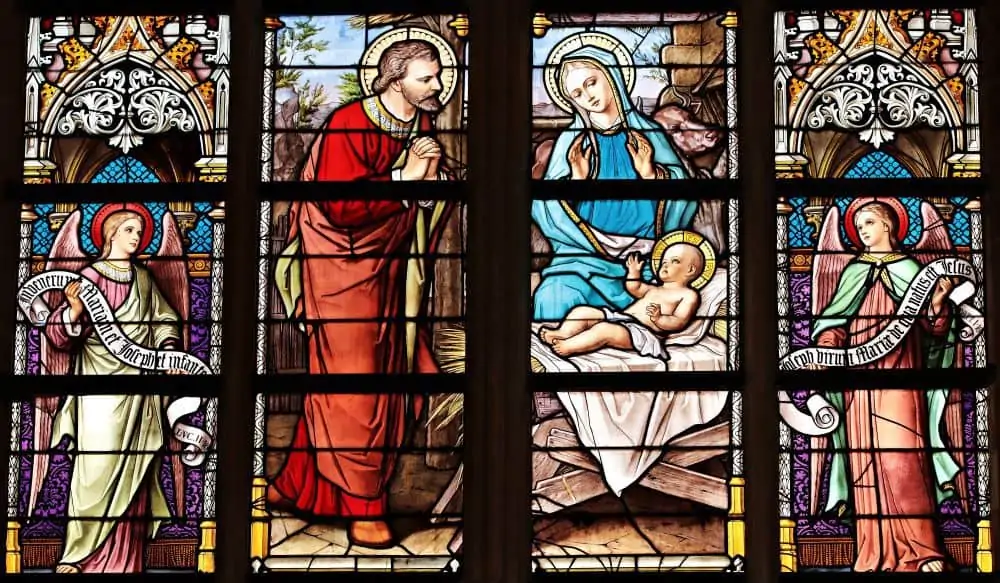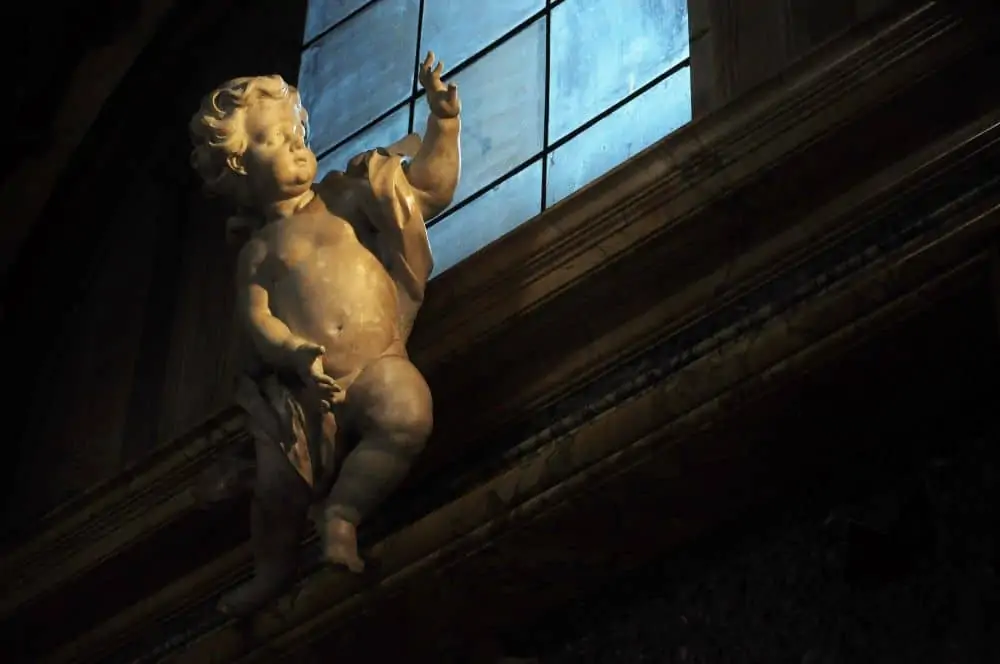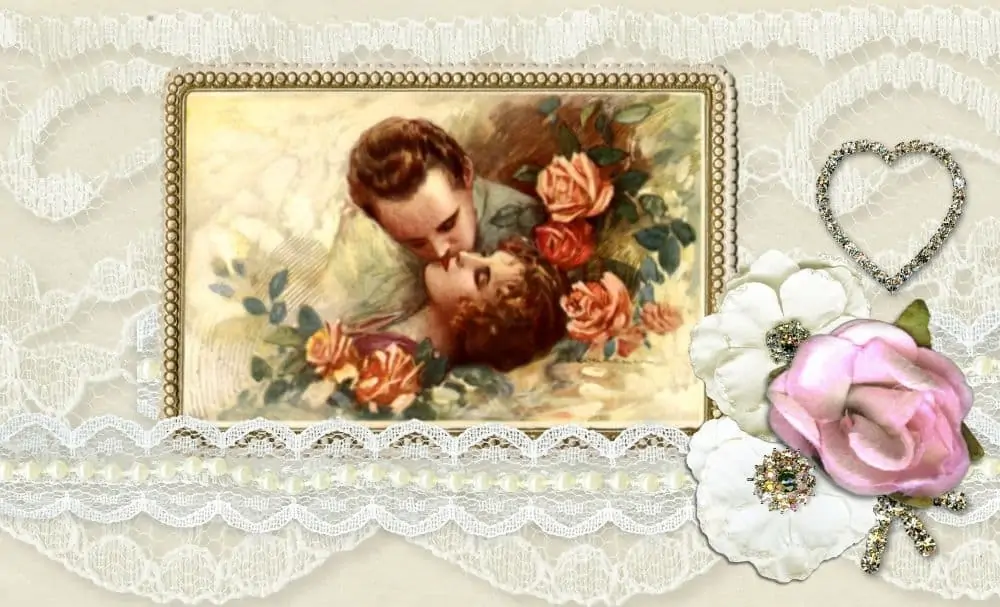The history of Valentine’s Day, or St. Valentine’s Day, goes back to ancient Rome during the 3rd century B.C.
However, Valentine’s Day didn’t start out as a joyful day of chocolates and romantic candlelight dinners.

In this post, we explain the history of Valentine’s Day, who it is named after, and it’s traditions and celebrations.
Also, you will learn how Valentine’s Day changed through the years.
Notably, it went from an ancient ritual day to a religious celebration and finally to a commercial holiday.
The History of Valentine’s Day Vastly Differs From How We Celebrate Today
Because the origins of Valentine’s Day began many centuries ago, there are theories as to how it came to be.
Although the details are considered legends, they stand the test of time – 18 centuries to be exact!
The History of Valentine’s Day Originated with Lupercalia
Lupercalia was an ancient pagan festival, always held on February 15th.
Interestingly, this festival has its origins dating back to the 3rd century B.C.
Lupercalia celebrated the coming of spring, but wasn’t anything like what Valentine’s Day is today.
On the contrary, it was a bloody celebration that was violent and sexually-charged.
Lupercalia included the sacrificing of animals, random matchmaking, coupling and fertility rites.
These rituals were all with the intention of warding off evil spirits and infertility.
Yikes!
How Did Lupercalia Change To Valentine’s Day?
Eventually, at the end of the 5th century, Pope Gelasius declared February 14 St. Valentine’s Day.
Particularly, this religious feast day was a day commemorating a martyred Saint named Valentine.
Since then, February 14 has been a day of celebration.

In addition, St. Valentine’s Day was added to the liturgical calendar around 500 AD.
However, the feast day was removed from the Christian liturgical calendar in 1969.
This was due to the lack of reliable information about his true identity.
Which Martyred Saint is Valentine’s Day Named After?
There are 3 theories by the Catholic Church as to which Saint is the true St. Valentine.
One theory is that it was a Christian priest named Valentine who served during the 3rd century in Rome.
- He was martyred by Roman Emperor Claudius II Gothicus.
- Valentine was in jail and had befriended and tutored the jailer’s daughter, Julia.
- Miraculously, after praying with Julia, God healed her from blindness.
- However, Valentine refused to convert to paganism.
- Therefore, Claudius II executed Valentine.
- St. Valentine wrote Julia a letter, signed “From Your Valentine” on the night he was executed.
A 2nd theory is that it was a Catholic Bishop named St. Valentine of Terni who was beheaded by Claudius.
- Although it is thought that this Bishop and the martyred priest may be the same person.
A 3rd theory is another St. Valentine who was a Roman priest.
- He defied Emperor Claudius’ orders of outlawing marriage for young men.
- Secretly, St. Valentine performed marriages for soldiers in order to spare single men from going to war.
- In addition, he wore a ring with Cupid on it to help soldiers recognize him.
- Also, he gave out paper hearts to remind Christians of their love for God.
- Hence, the reason that this feast day is associated with love.
- Nevertheless, Claudius II ordered that Valentine be put to death.

Although the exact identity of St. Valentine is in question, he is nevertheless a legend.
Consequently, St. Valentine became known as the Patron Saint of Love.
In addition, the St. Valentine prayer asks him to connect lovers together, remembering their devotion to God.
When Did It Become known As a Day of Romance?
Finally, around the 14th century Valentine’s Day became more known as a day of romance.
Specifically, in the year 1381, the connection between St. Valentine and romance is in a poem.
This beautiful poem, the Parlement of Foules, by medieval author Geoffrey Chaucer, is approximately 700 lines long.
The History of Valentine’s Cards
In the 1500’s, formal messages, or valentines, became commonplace.
Then by the late 1700’s commercially printed cards became popular.
Furthermore, in the United States, the first commercial valentines cards have been around since the mid-1800’s.

Symbols of Love
Common symbols on Valentine’s Day are Cupid, the Roman god of love, as well as hearts and birds.

In addition, the most common Valentine’s Day gifts are candy and flowers.
Red roses are the most common flowers because they are a symbol of beauty and love.

What Countries Celebrate Valentine’s Day?
People celebrate Valentine’s Day in these countries:
- The United States
- Britain
- Canada
- Australia
- Argentina
- France
- Mexico
- South Korea
In the Philippines, it is the most common wedding anniversary, where there are mass weddings of hundreds of couples.
Traditions & Celebrations Are No Longer Exclusive to Lovers Only
The Valentine’s Day holiday is no longer just for sweethearts!
At this time, we can still celebrate Valentine’s Day with relatives and friends.
As a matter of fact, kids in school have the most fun on Valentine’s Day!
Kids celebrate in classroom parties by exchanging Valentine’s with each other.
And finally, for a good historical summary of Valentine’s Day, check out this YouTube video by the History Channel:
Lastly, if you’re looking for more Valentine’s Day related posts, click on over to:
The 7 Best DIY Valentine’s Day Decor Ideas!

- The Best Donuts in Frederick MD - June 5, 2024
- 23 Specialty Shopping Boutiques in Frederick, MD - May 10, 2024
- 30 of the Most Iconic Maryland Food and Drink - March 9, 2024
